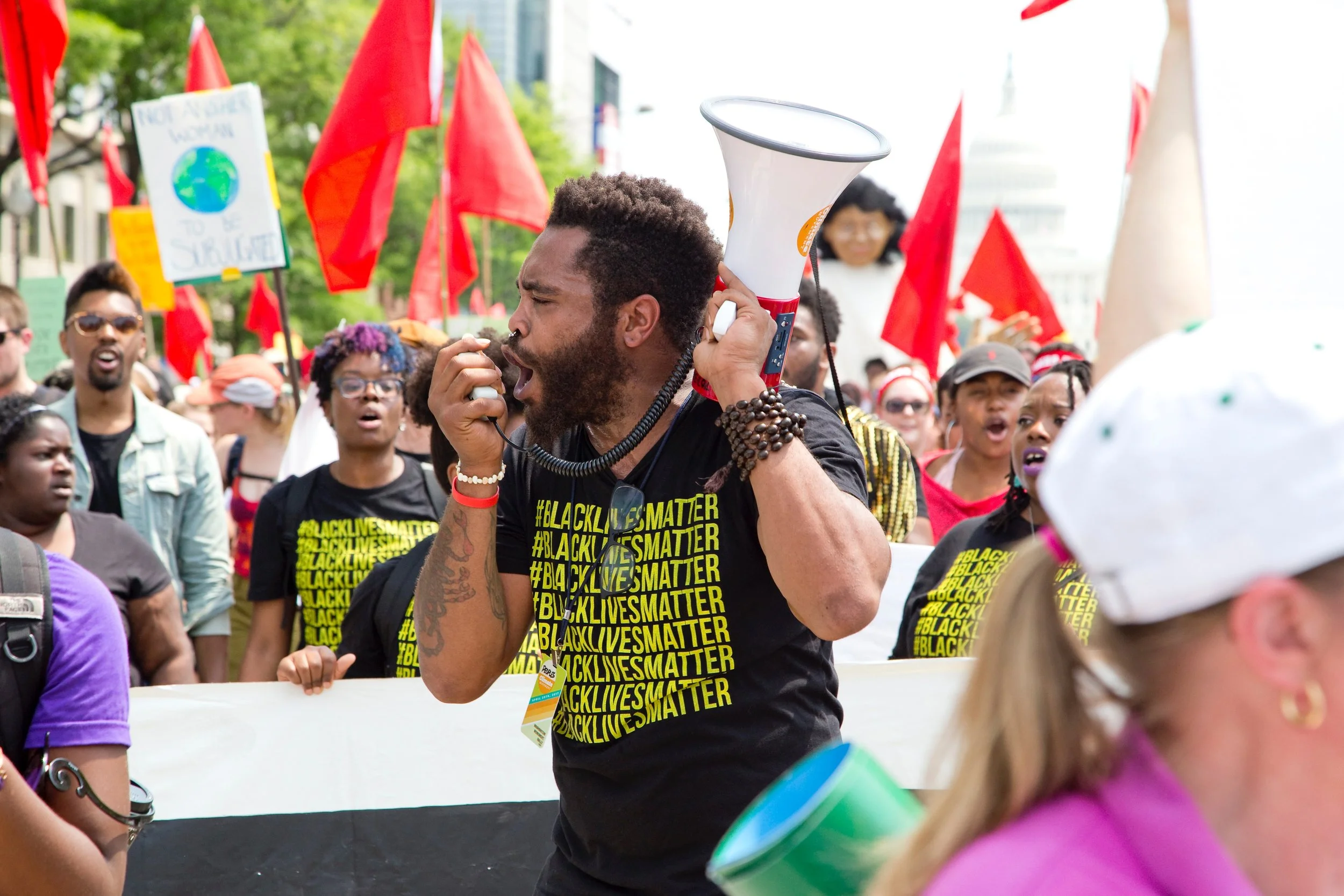Methodology
As a small network of advocates, most of whom are focused on advocacy at the federal level, we knew we wanted to center the voices and needs of LGBTQ people who are living in poverty and people who are directly providing services to low-income LGBTQ people. Here’s how we did that:
- We hosted eight convenings in cities across the country where there is both high economic inequality and a high proportion of LGBTQ people. At each convening, we invited local activists, advocates, and service providers to join us, and asked them to bring along the local leaders they thought would want to share their expertise—whether that expertise derived from lived experience or from their work.
- We spoke to focus groups of people in rural areas who are LGBTQ and living in poverty or working with LGBTQ people living in poverty, to hear how experiences differ in rural areas.
- In all, we spoke to over two hundred people; more than thirty of them have continued to be involved in the writing, editing, and review process for this report.
- Input from the convenings and focus groups was incredibly varied and nuanced, but several themes developed that were echoed at nearly every session. We used those themes to organize the sections of this report. We did our best to include all of the information that we received at the convenings and focus groups in the report, then filled in details both by researching and by following up with participants for additional information.
- Once a draft was written, we shared it with all participants who were interested in providing feedback, then integrated feedback wherever possible.
Throughout the convenings and the report drafting and review process, we kept the following values in mind:
- Centering the experience and needs of people who are most impacted by poverty, including people of color, people with disabilities, immigrants communities, youth and elders, people in rural communities, transgender and gender nonconforming people, families, currently and formerly incarcerated people, people living with HIV/AIDS, people engaged in the sex trade, and people experiencing homelessness.
- Recognizing the difference that geography plays in the experience of living in poverty (e.g., urban vs. suburban vs. rural, cold weather vs. warm weather, and progressive vs. conservative local and state governments).
- Elevating the resilience of marginalized communities.
- Remembering that we can’t wait: Our process will be imperfect, but we must move forward because people who are living in poverty cannot wait for us to create the perfect agenda.
This report is the final product of this process, but we recognize that even with more than three hundred contributors, there are significant gaps in our information.


